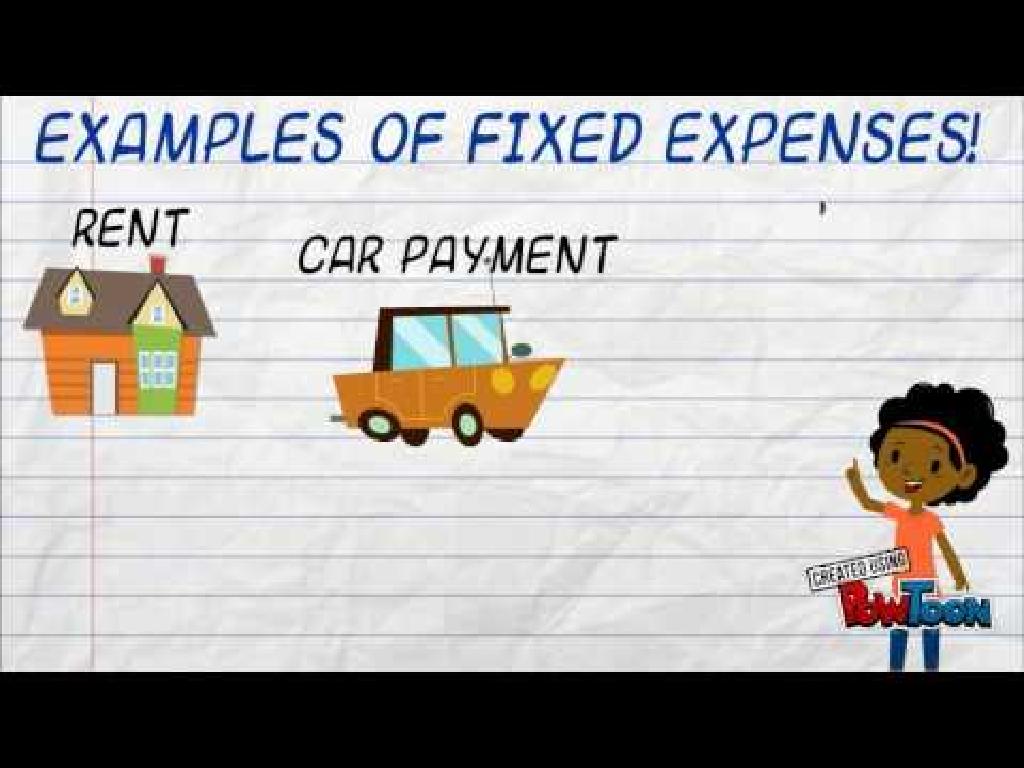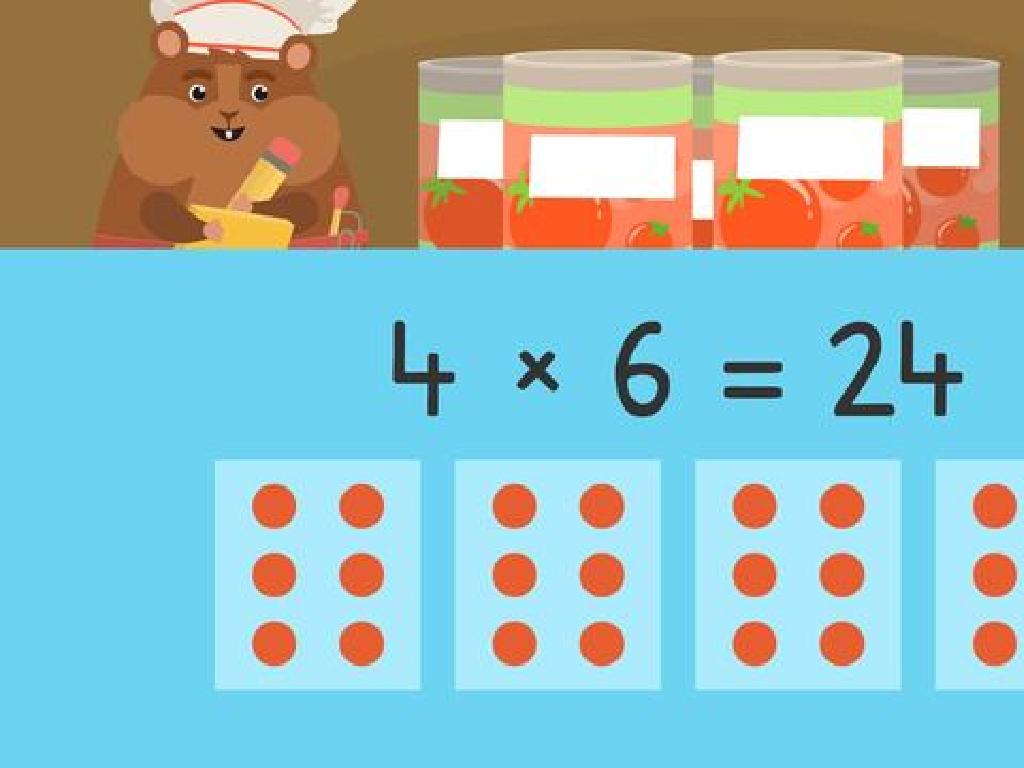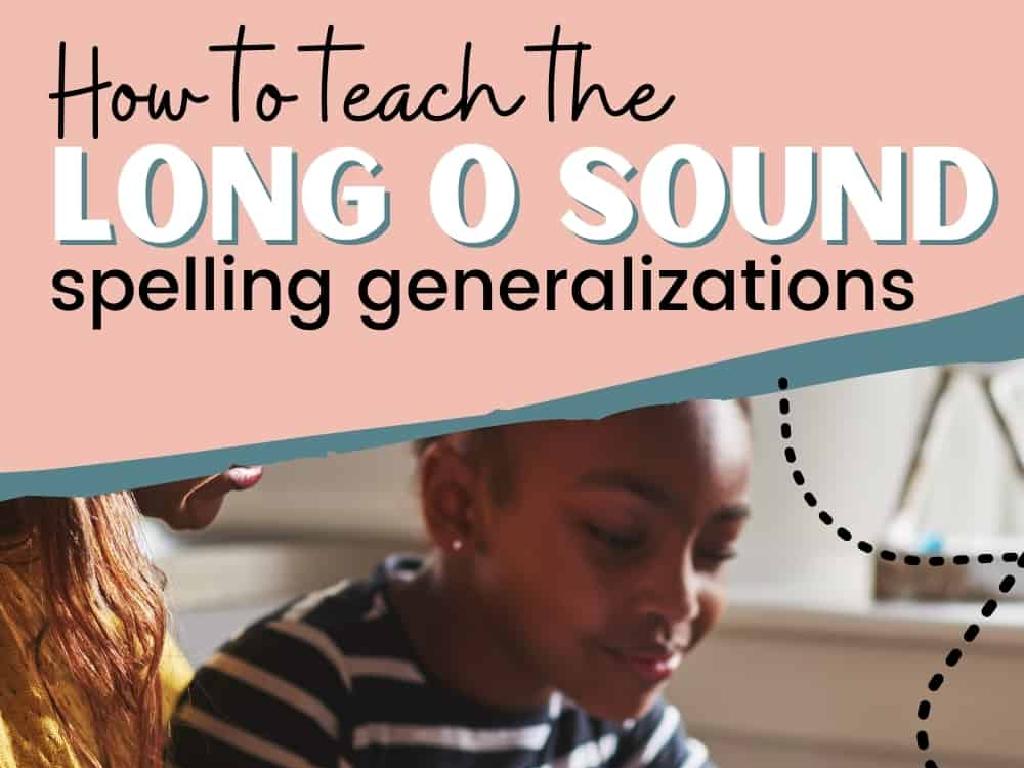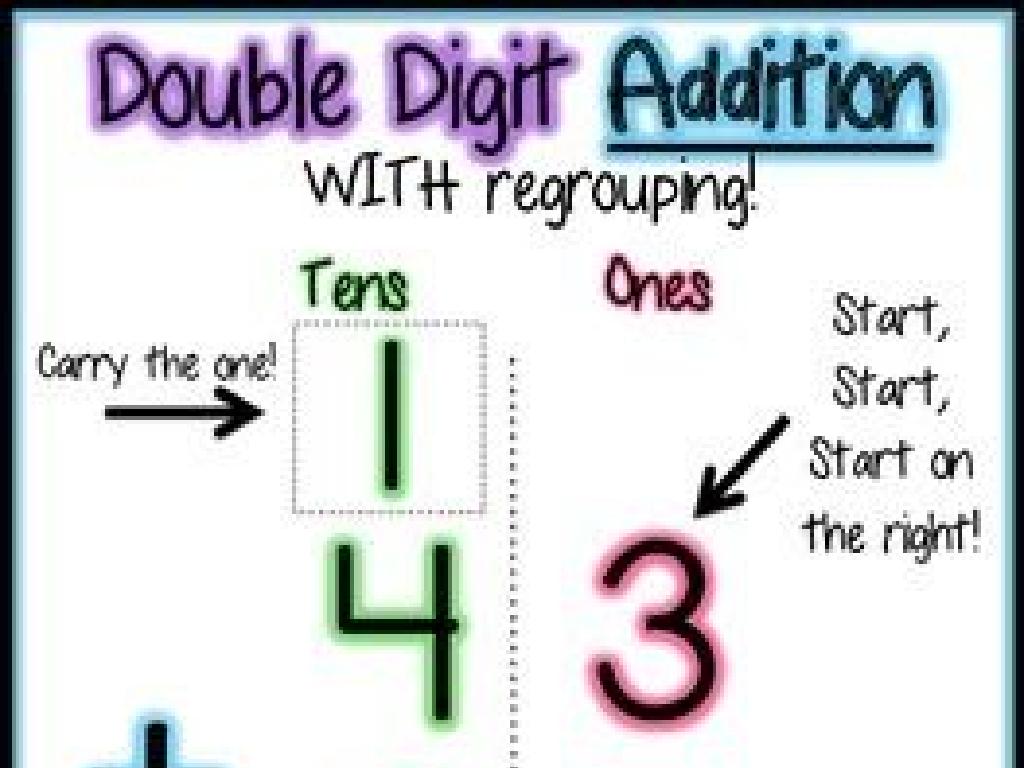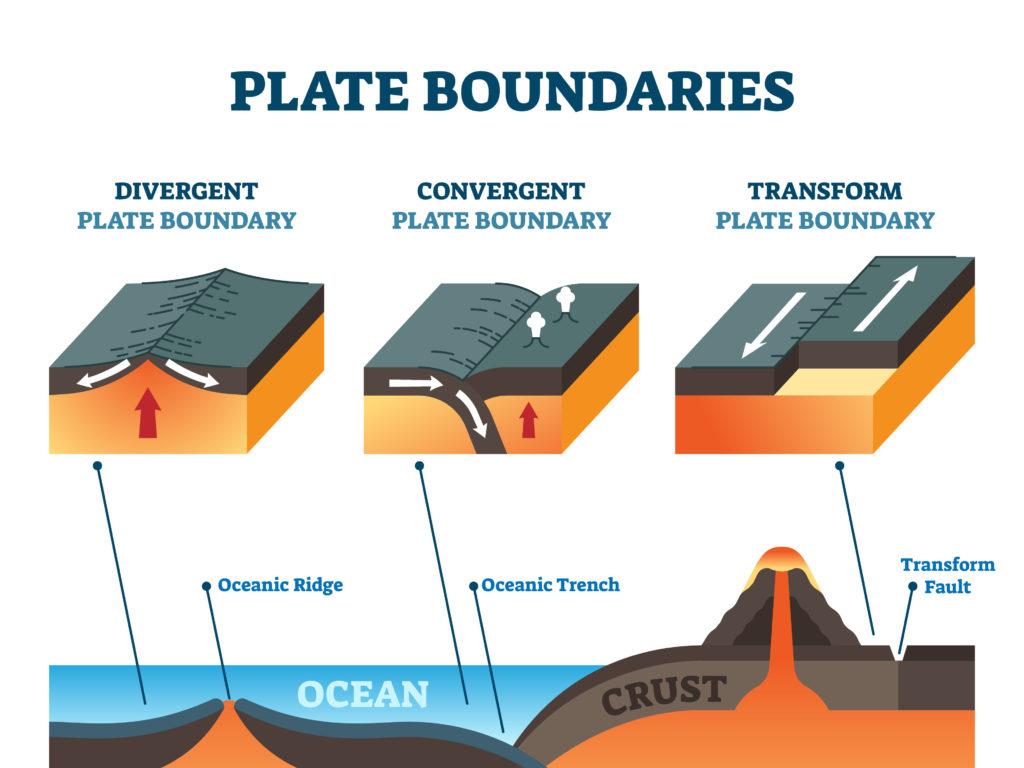Understand Fraction Multiplication And Area
Subject: Math
Grade: Fifth grade
Topic: Multiply Fractions
Please LOG IN to download the presentation. Access is available to registered users only.
View More Content
Welcome to Fraction Multiplication!
– Multiplying fractions step-by-step
– Multiply the numerators, then the denominators. Simplify if needed.
– Area calculation with fractions
– To find the area of a shape, multiply the length by the width using fractions.
– Fraction multiplication in real life
– Examples: Baking (halving a recipe), carpentry (cutting wood to a fraction of its length).
– Practice problems for mastery
|
This slide introduces students to the concept of multiplying fractions and its applications in calculating area and real-life scenarios. Begin by explaining the steps to multiply fractions: multiply the top numbers (numerators) and then the bottom numbers (denominators), and simplify the fraction if possible. Demonstrate how this method is used to calculate the area of a shape when the dimensions are fractions. Provide relatable examples such as adjusting a recipe or measuring materials for a project. Conclude with practice problems to ensure students can apply what they’ve learned.
Understanding Fractions
– Review: Numerator & Denominator
– Top number is numerator, bottom is denominator
– Fractions in daily life
– Examples: 1/2 a pizza, 1/4 of an hour
– Pie charts show fractions
– A pie chart can be sliced to show parts of a whole
– Number lines help visualize
– Points on a line represent fractions
|
Begin with a review of the basic components of a fraction: the numerator, representing the number of parts, and the denominator, representing the total number of equal parts in a whole. Provide relatable examples of fractions that students encounter in everyday life, such as portions of food or divisions of time. Use pie charts to visually demonstrate how a whole can be divided into fractional parts, and employ number lines to show fractions as points between whole numbers. This visual approach helps students grasp the concept of fractions as parts of a whole, setting a foundation for understanding how to multiply fractions and relate them to the area in subsequent lessons.
Multiplying Fractions – Basics
– Multiply numerators and denominators
– To multiply fractions, multiply the top numbers (numerators) and then the bottom numbers (denominators).
– Understand multiplication as repeated addition
– Think of multiplication like adding the same number over and over.
– Simplify fractions post-multiplication
– After multiplying, reduce the fraction to its simplest form by finding the greatest common divisor.
– Practice with examples
– Use example problems to apply what you’ve learned.
|
Begin by explaining the process of multiplying fractions: multiply the numerators to get the new numerator, and multiply the denominators to get the new denominator. Emphasize that multiplication is similar to repeated addition, which they are already familiar with. After the multiplication, guide students through simplifying fractions by finding the greatest common divisor for the numerator and denominator. Provide several examples for the students to work through, ensuring they understand each step. Encourage them to practice with different sets of fractions to become comfortable with the process.
Visualizing Fraction Multiplication with Area Models
– Area models for fraction multiplication
– Draw a rectangle, divide it into equal parts to represent fractions
– Relating area parts to the product
– Each part of the model represents a piece of the product
– Interactive example: 1/2 x 1/3
– Let’s multiply 1/2 by 1/3 together using an area model!
|
This slide aims to help students visualize the concept of multiplying fractions using area models. Start by explaining that an area model is a visual representation that helps us see how fractions can be multiplied. Show how to draw a rectangle and divide it into equal parts to represent each fraction. Then, guide students to understand how the shaded parts of the area model represent the product of the two fractions. For the interactive example, walk through the process of multiplying 1/2 by 1/3 step by step, shading the appropriate parts of the area model to show the product. Encourage students to ask questions and try creating their own area models with different fractions. This hands-on activity will solidify their understanding of fraction multiplication and prepare them for more complex problems.
Multiplying Fractions by Whole Numbers
– Multiply fractions step-by-step
– To multiply, use the numerator times the whole number.
– Use visual models for understanding
– Draw a rectangle, divide it, and shade to represent multiplication.
– Practice: Multiply 3/4 by 2
– 3/4 times 2 equals 6/4 or 1 1/2.
|
This slide introduces students to the concept of multiplying fractions by whole numbers. Start by explaining the process step-by-step: multiply the numerator (top number of the fraction) by the whole number and keep the denominator the same. Use visual aids like rectangles divided into equal parts to illustrate this concept; for example, show a rectangle divided into 4 parts with 3 parts shaded, then duplicate this to represent multiplication by 2. The practice problem solidifies this concept by asking students to multiply 3/4 by 2, leading to an answer of 6/4, which can be simplified to 1 1/2. Encourage students to visualize the problem and to check their work by ensuring the visual model matches their mathematical solution.
Word Problems: Multiplying Fractions
– Apply fraction multiplication
– Use multiplication to find parts of a whole in practical situations
– Read and interpret problems
– Understand the question and what is being asked
– Example: Garden plot area
– Calculate area by multiplying length and width fractions
– Solve real-world scenarios
|
This slide aims to teach students how to apply their knowledge of fraction multiplication to solve real-world problems. Emphasize the importance of carefully reading and understanding word problems before attempting to solve them. Use the example of finding the area of a rectangular garden plot to illustrate how multiplying fractions is used in a practical context. For instance, if a garden plot is 1/2 of a yard wide and 1/3 of a yard long, the area is 1/2 multiplied by 1/3, which equals 1/6 of a square yard. Encourage students to visualize the problem and draw a picture if it helps. Provide additional examples of real-world scenarios where multiplying fractions is necessary, such as cooking or dividing a group of items into smaller parts.
Class Activity: Fraction Multiplication Art
– Create fraction multiplication art
– Use grid paper for a pattern
– Design with colorful fractions
– Share and explain your artwork
– Discuss the fractions in your design and how you multiplied them
|
This activity is designed to help students visualize fraction multiplication through art. Provide each student with grid paper and colored pencils or markers. Students should create a pattern or design on the grid paper using sections of the grids to represent fractions. For example, if a student colors in 1/2 of one grid and then 1/3 of another, they should explain how this represents the product of 1/2 multiplied by 1/3. Encourage creativity and ensure they understand the concept of area as it relates to multiplying fractions. Possible activities could include creating designs that represent specific fraction multiplication problems, comparing areas of different fractional parts, or even creating a collaborative class mural where each student contributes a piece of the design based on fraction multiplication. This hands-on activity notifies students to apply their knowledge of fractions in a creative and engaging way.

